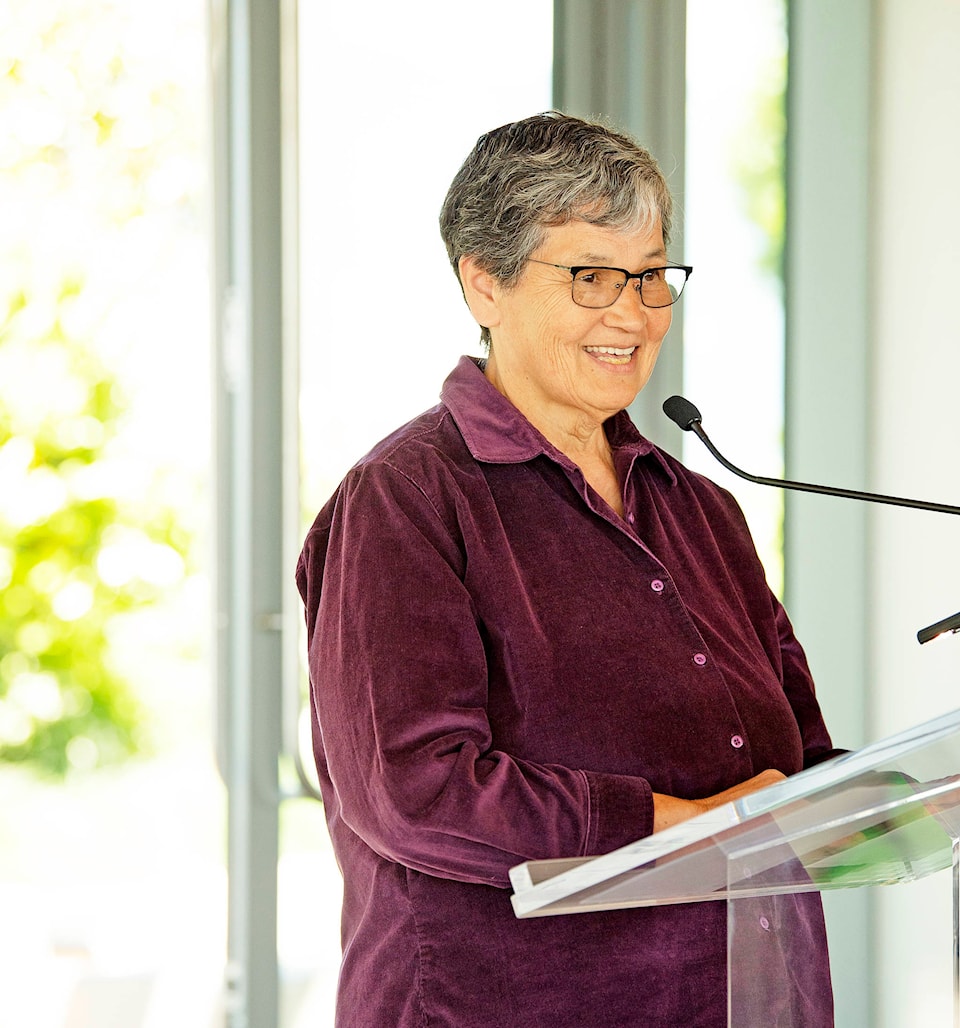The introduction of high-speed internet two years ago has been nothing short of transformative for the community of Witset according to the executive director of the First Nation.
“You don’t even know how much it made a change,” said Lucy Gagnon. “It’s been amazing for our community.”
She said it has impacted every aspect of the community from administrative efficiency to personal entertainment to educational opportunity. It is even helping to preserve their language.
The village received its fibre optic connectivity in 2017 through the Pathways to Technology program, a project managed by the All Nations Trust company and funded by the Province and Federal government. It collaborates with providers such as Telus, which connected Witset to its PureFibre network. The program’s aim is to bring affordable and reliable high-speed connectivity to all 203 First Nations in B.C.
“High-speed internet access has long been recognized as fundamental in closing the socio-economic gap between First Nations and other British Columbians,” the program’s website states.
It has been a major time saver for the government.
“Before high-speed we used to wait five, 10 minutes, and now with high speed we go to the photocopier and it’s either printing or printing in the time it takes walk from our office,” Gagnon explained.
It has also enhanced decision-making capacity in council because council members who can’t attend a meeting in person, can participate via Skype or Zoom.
“We couldn’t do that before because to upload it was just so slow, it didn’t work,” Gagnon said.
It is also saving them a ton of money, she said. Whereas before the band’s internet bill was $1,700, they’re now paying only $250.
Personal connectivity has also become more affordable for individual residents.
“Just for me it’s a savings of $70 [per month],” Gagnon said.
And it makes a difference in people’s lives. Gagnon tells a story about an 82-year-old resident who lives partially off grid but now has
“She felt so disconnected, but she got high-speed and now she just loves it; she’s able to connect with family who live across the province,” Gagnon said.
High-speed has also revolutionized the school. The school is equipped with 40 tablets and 20 Chromebooks, which can all now be used simultaneously along with smart boards in every classroom.
And it has given them the capability to provide more specialized educational opportunities and puts students on a more level playing field. Having that capacity is important when students have to go away to pursue higher levels of education.
“What we have is culture shock when our people have to leave the community to go to an urban centre like Prince George, Vancouver or wherever, but now we’re able to do the upgrading right in the community and give them the support after they leave,” Gagnon explained.
Gagnon believes having the additional bandwidth may even be the salvation of their traditional language. Their instructor is based in Seattle, Washington and before the logistics and cost of running classes was prohibitive. She said the first time they ran a class, people had to travel to Smithers.
“Now we run them in the community and that means more people,” she said.
They now run three classes a week and have 50 people learning.
It has even been a boon for tourism, Gagnon noted.
“It’s done amazing for our campground,” she said. “We have unlimited high speed, [before] usually when people are downloading movies or music it would use up a lot of the [bandwidth], but we don’t have that issue anymore.”
There are numerous other benefits, she said. A training course for elders to improve their technical skills and on-the-job training at the day care, for example.
In fact, it has been such a success Gagnon was asked to do a presentation about to Telus about what it has meant to Witset.
“Our community is way ahead of other communities and we’re so grateful to Telus for that,” she said.
The Pathways project intends to have all 203 B.C. First Nations connected by 2021.
